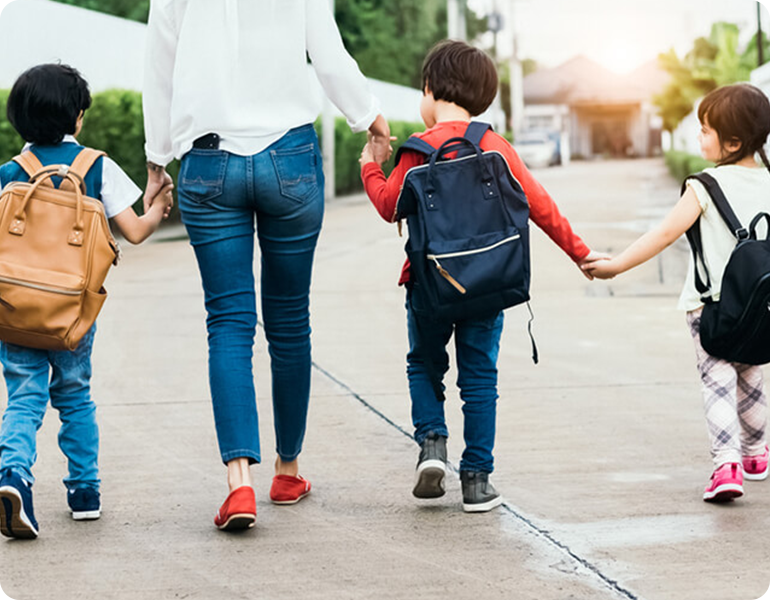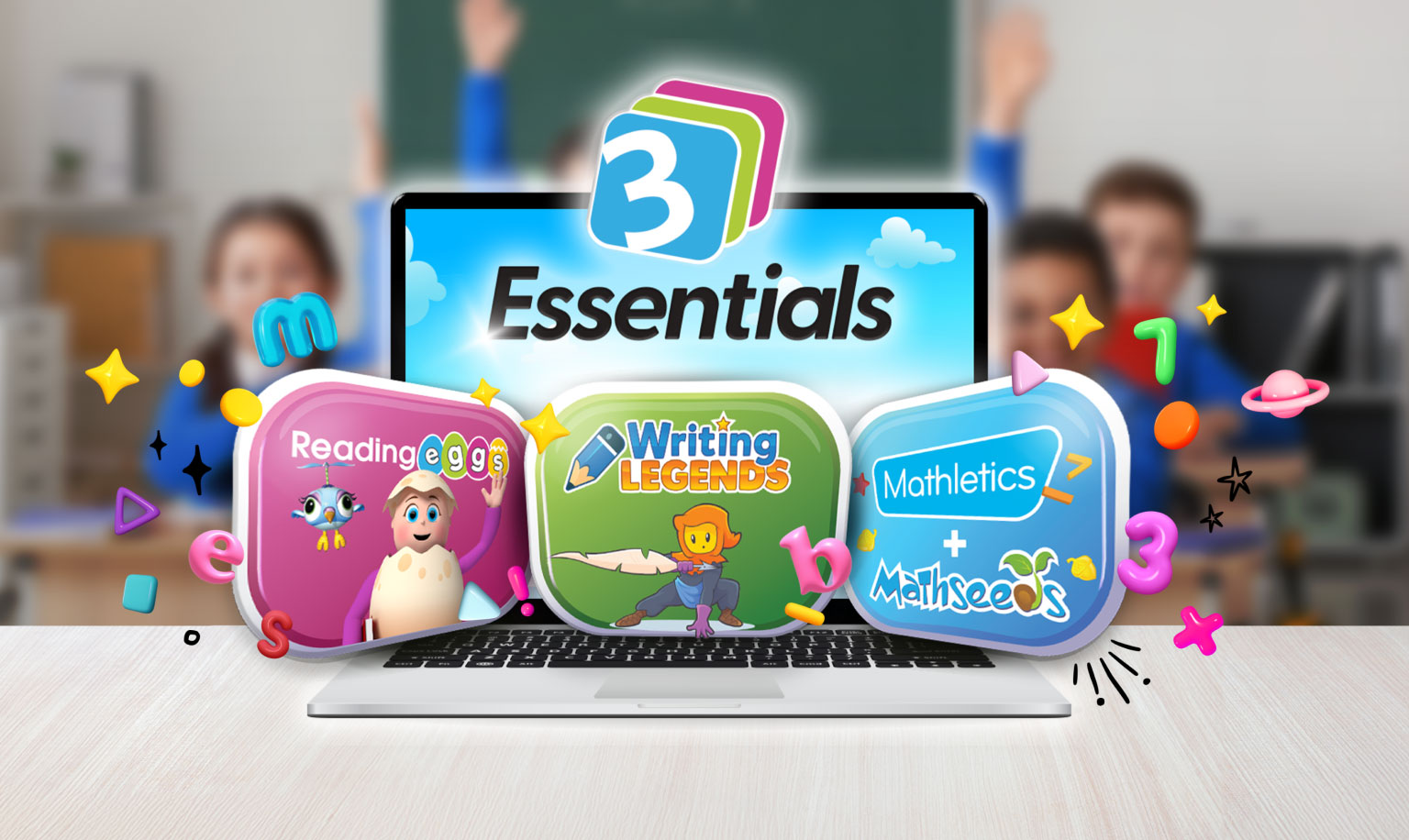
Lacking divine prescience, our long walk back to school is one shrouded in mystery. Armed with lesson plans, resources, opening lines and mentally prepared for a swarm of new faces, we’re ready to face the first day of a new year…
Right until a student refuses to enter the classroom. Doesn’t have the right equipment. Goes to the wrong class.
Or vomits.
There is no science or mind great enough to predict the ingenious mistakes, misdirections and misunderstandings your new students can throw at you.
Here’s how you can plan for the unplannable:
The more organised you are, the more flexible you can be
You can’t change what you don’t have. It’s axiomatic, we know, but here’s what we want to think about:
Would I rather change something I have, or be forced to come up with something instantly?
Even if you’re a clever on-the-spot thinker, that kind of pressure is stressful, and that stress affects your decision-making and your sociability. Two things you’ll want during your first few weeks are the ability to make good choices and form relationships, so give yourself the gift of a clear head and open heart and get organised.
Here’s what we’d recommend:
Use your organisation to set the tone: For students to be confident in us, we need to be confident in our lessons. Organisation shows students you have the wheel in hand and gives them a comforting status quo to fall back on. Be so organised you surprise yourself, and your students will be less likely to fall out of line.
Plan informal and formal activities: There’s a balance to maintain; too much fun and you’ll burn the kids out and make it harder to get to work. Too much work and you might hurt your chances of building strong relationships with your students. Planning informal and formal activities gives you options. Is the class ready to buckle down? Pull out some problems. Do they need a break to refresh? Pull out some printable games. It takes time to understand the regular rhythm of classes, so until you understand it, plan for anything!
Have a Plan B (B stands for Brave): If it isn’t working, be brave and let it go. You can’t guarantee every activity or lesson will be a winner, so make sure you have a back-up in mind. This goes doubly for any tech lessons!
Routines can fall into place
We have our own ways of running our classroom; how we file in, where the pens are kept, what we expect and when, and so on. It can be tempting to bombard students with how things are done in our classes, but it’s not effective.
New students won’t understand the law of the land on day one. Or two. Or even after two weeks. Pick your battles – focus on the critical rules and routines first!
And remember – students learn routine by doing routine. Worry less about making sure the rules are communicated quickly. Put that effort into showing your students how you like your class run instead. You might like to plan it out, or regularly refer to a poster, or have a checklist – the delivery doesn’t matter. The principles of delivery are what make the difference:
Be consistent – If you do it one day, make sure you do it the next. Consistency shows that you mean what you say and that the rules and routines are important.
Be timely – See something out of place? Waiting a week and then sermonizing on what’s been missed isn’t going to be helpful to the students and doesn’t make us popular. Show your preferred way of doing things as they happen so students can catch on.
Be frequent – Not often, but with frequency – happening according to a predictable pattern. If there’s one new rule a day, keep to it! This way we’re setting the right expectations at the right time.
Get to know your students
Our students are unique, each one with their own strengths, struggles and stories. Getting to know a class of 20, or 100 from a whole year level, can seem impossible.
But it’s achievable.
Understanding our students takes two forms – academic and personal:
The academic
‘What do they know and what will they need to learn?’ – the million-dollar back to school question. It can be tempting to fill the first three weeks with diagnostic testing, but observation and discussion can provide the rich data. Keep a close eye on your students during your formal activities, and you’ll get a detailed insight into your students’ capabilities.
The personal
There are three methods we like to use when getting to know our students:
Ask other teachers – see what other teachers have experienced with the students. Their insight can give you a great idea of what to expect. It’s important to note that students grow, change, and mature. Always give them the chance to surprise you.
Direct social interaction – the one-on-one connection between us and the student, e.g. ‘Sir/Miss my beagle is named Gabby.’
Indirect social interaction – is the observation of their behaviour. How do they act when they’re with friends? Students they’ve just met? When they’re anxious, happy, pensive?
We’ve created a simple game to help you to get to know your students with both direct and indirect social interaction – it’s called Back to School Icebreakers.
It’s a series of fun games that let you know some small details about your students, gives you a chance to see their personality and lets them find out more about each other. You can download it through the button below:
…and lastly, be kind to yourself
What’s good for you is good for your class.
We don’t want to lose our voices by the end of week one. We don’t want to lose sleep on extra work for minimal return.
We want to be fresh. Ready. A sight our students welcome.
Remember the 80/20 rule – the first 20% of your effort will net 80% of the result, the next 20% will net 10%, the next 3%, and so on. Focus on getting the best you can before you burn out.
We’d still recommend a lozenge and a weekend nap prepped just in case.









